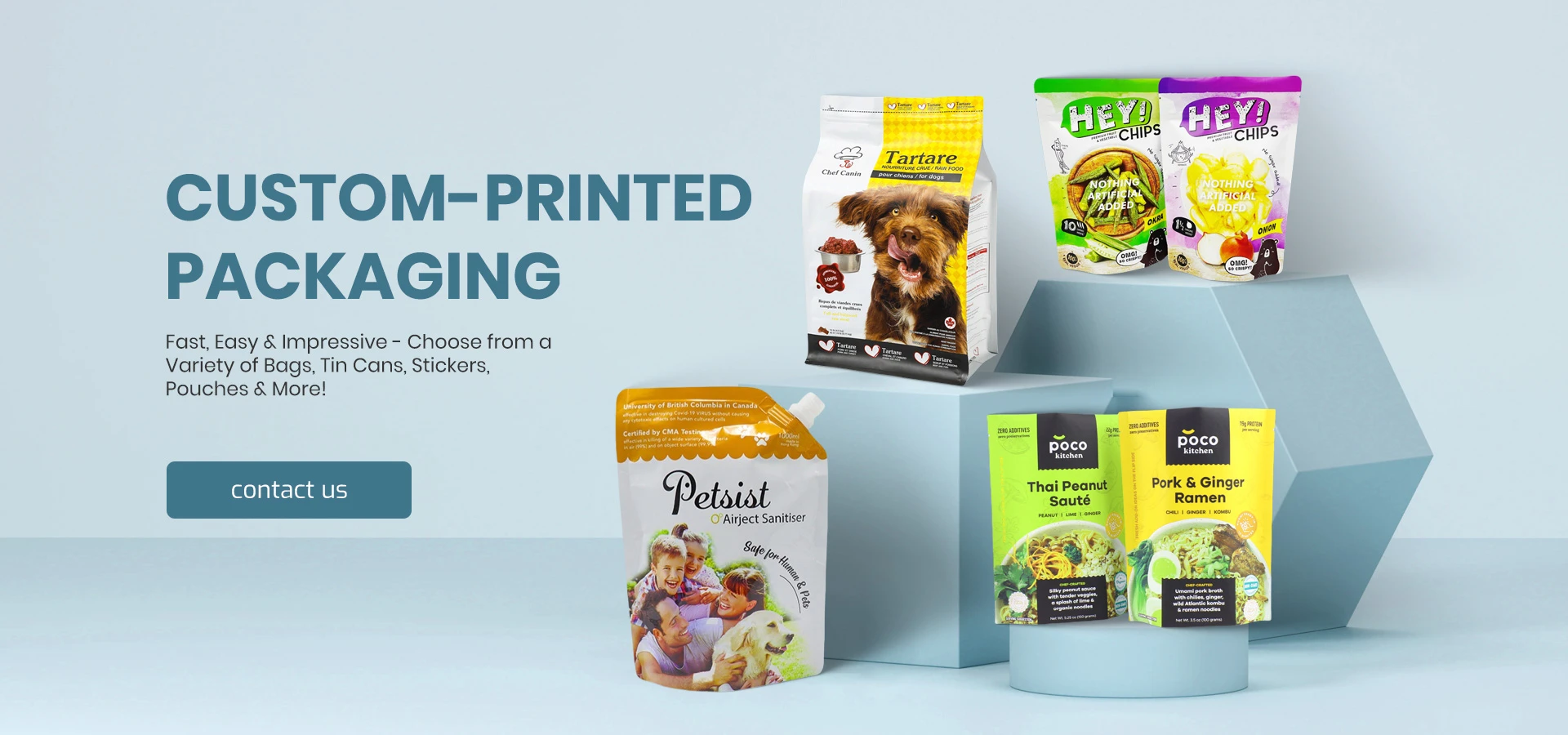paperboard vs cardboard
Paperboard vs. Cardboard Understanding the Differences and Applications
In the world of packaging and materials, the terms paperboard and cardboard are often used interchangeably by many. However, they represent different types of materials that serve distinct purposes across various industries. Understanding their differences, advantages, and applications is crucial for manufacturers, businesses, and consumers alike.
Definitions and Composition
Paperboard is a thick paper-based material that is typically more rigid than standard paper. Its weight generally ranges from 200 to 500 grams per square meter (gsm). Paperboard is made from virgin or recycled pulp and is known for its smooth surface, making it ideal for printing and aesthetic finishes. It is often used in packaging products that require a sturdier box, such as cosmetics, electronics, and food items. The manufacturing process of paperboard can include various techniques like folding, cutting, and layering to enhance its structural integrity.
On the other hand, cardboard is commonly referred to as a more general term that includes various types of paper products, but it often specifically refers to corrugated fiberboard. Corrugated cardboard consists of a fluted sheet sandwiched between two flat linerboards, which provides rigidity and strength. The weight of cardboard can vary significantly, usually ranging from 150 to 600 gsm, depending on its intended use. Cardboard is widely used for shipping and storage due to its lightweight and stackable properties.
Properties and Advantages
One of the major advantages of paperboard is its versatility. Its thicker, stiffer nature makes it suitable for creating packaging that can hold heavier items while providing an appealing presentation. Paperboard can also be easily coated or laminated, improving its barrier properties against moisture and making it a preferred choice for food packaging.
Cardboard, particularly in its corrugated form, excels in durability and cushioning. The fluted layer provides excellent shock absorption, making it ideal for shipping fragile items. Cardboard boxes are lightweight, reducing shipping costs while still ensuring the safe transit of products. Additionally, cardboard is often more cost-effective than paperboard in bulk applications, especially for shipping purposes.
paperboard vs cardboard

Environmental Implications
Both materials have their environmental considerations. Paperboard is often made from sustainable sources, and many manufacturers use recycled materials, which can reduce the carbon footprint associated with its production. Furthermore, paperboard is biodegradable and recyclable, making it a popular choice for environmentally conscious consumers and businesses.
Cardboard also benefits from being recyclable and often contains a high percentage of recycled content. However, the environmental impact of cardboard can depend on the production processes and the types of additives used in its manufacturing. As with paperboard, the ability to recycle and reduce waste makes cardboard a favored material amongst eco-friendly packaging solutions.
Applications
The choice between paperboard and cardboard largely depends on the intended application. Paperboard is often used for small boxes, folding cartons, and products requiring high-quality printing, such as gift boxes or high-end food packaging. Its aesthetic appeal is a significant selling point.
Conversely, cardboard is typically used in the shipping industry for larger boxes or containers that need to endure the rigors of transportation. Corrugated cardboard is favored for its ability to stack and withstand weight, making it essential in logistics and warehousing.
Conclusion
In summary, while paperboard and cardboard may seem similar at first glance, they serve different functions and properties vital to various applications. Understanding these differences can help businesses choose the right material for their products, ensuring both functionality and quality. Additionally, as sustainability becomes increasingly important, both paperboard and cardboard provide environmentally friendly options that meet the demands of modern consumers. Whether for shipping, storage, or retail display, each material has its unique advantages that make it indispensable in the realm of packaging and beyond.













